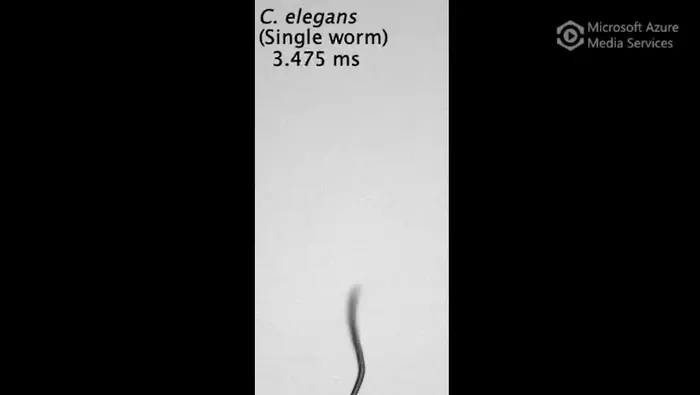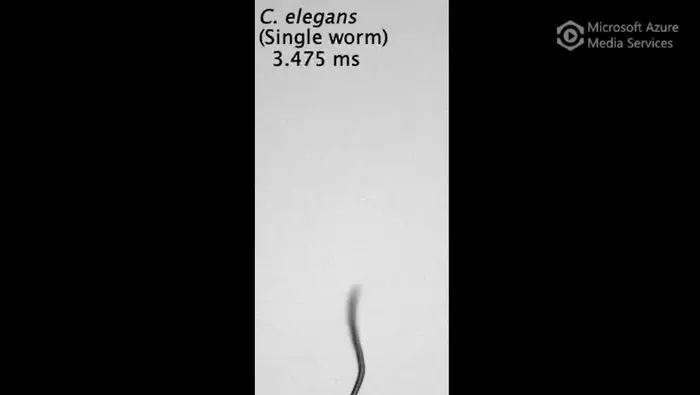Hokkaido University researchers found that tiny nematode worm larvae surf electric fields to hitch rides on passing insects.

Credit: Katsuhiko Sato
Hokkaido University researchers found that tiny nematode worm larvae surf electric fields to hitch rides on passing insects.
Many living organisms are known to make use of electric fields. Some fish species use them to detect predators or prey, and insects such as bees use them to attract pollen while foraging. Now, a research group including scientists from Hokkaido University has discovered that juvenile nematode worms can surf electric fields to leap through the air and hitch a ride on passing insects. Their findings have been published in the journal Current Biology.
Nematodes are one of many species that rely on larger animals to help them travel and disperse, an interaction called phoresy. They have been observed lifting themselves up on the tips of their tails (nictation), thus reducing their surface connection, to make it easier to attach themselves to a passing organism.
To explore how they achieve this, the research team bred the nematode worm Caenorhabditis elegans on dog food in a petri dish. They noticed that the larvae of the nematode, called dauer larvae, consistently moved to the lid of the dish. Some of the larvae reached the lid by crawling up the side of the dish, and others appeared on the lid in a fraction of a second.
“To more directly confirm the leap of C. elegans dauer larvae and to see how the worms leap in the dish and the characteristics of the leaping action, we observed a worm leaping in the Petri dish with a high-speed camera,” says Associate Professor Katsuhiko Sato at the Research Institute for Electronic Science, Hokkaido University, corresponding author of the study.
This showed that the larvae kept its body quite straight before the leap, and a single dauer larvae engaged in this behavior could also carry several other larvae with it in a leap.
The research team speculated that the nematode larvae might be using electrostatic forces to travel across the millimeters-wide gap between the substrate and the lid of the petri dish. They set up an experiment using a petri dish filled with agar and studded with tiny glass electrodes, with a separate glass electrode set up parallel to it. The larvae were placed on the agar, and the researchers applied different voltages to the two sets of electrodes to see how the larvae would behave.
When no electric charge was applied, the larvae did not leap. But when an electric field above a certain voltage was applied, the nematodes leapt from one electrode to another at an average speed just under one meter per second.
They then performed a second experiment using the bumblebee Bombus terrestris, which is known to use electrostatic charge to help it collect pollen, and saw the same leaping behavior when the bumblebee came with one to two millimeters of the nematode larvae.
“Although C. elegans has not been reported to attach to bees, it is known to attach to flying insects such as moths and flies in the wild,” Sato notes. “We assume that C. elegans uses electric interactions to attach to insects, including bumblebees, in the wild.”
Journal
Current Biology
DOI
10.1016/j.cub.2023.05.042
Method of Research
Experimental study
Subject of Research
Animals
Article Title
Caenorhabditis elegans transfers across a gap under an electric field as dispersal behavior
Article Publication Date
10-Jul-2023





